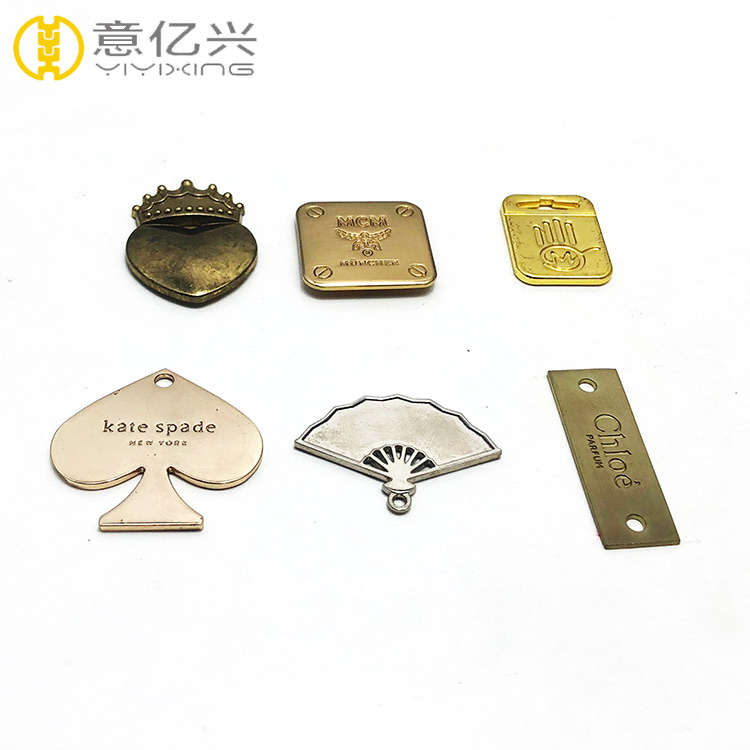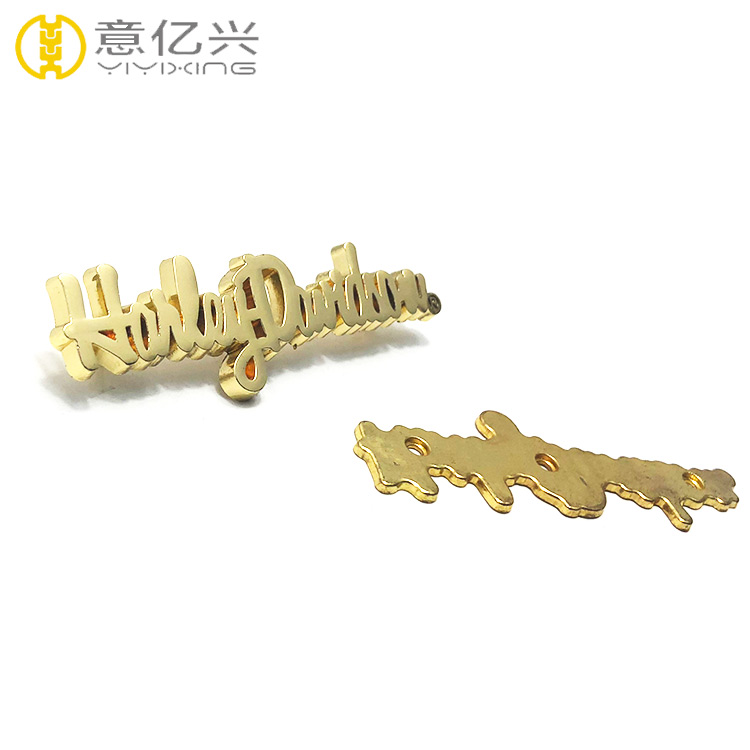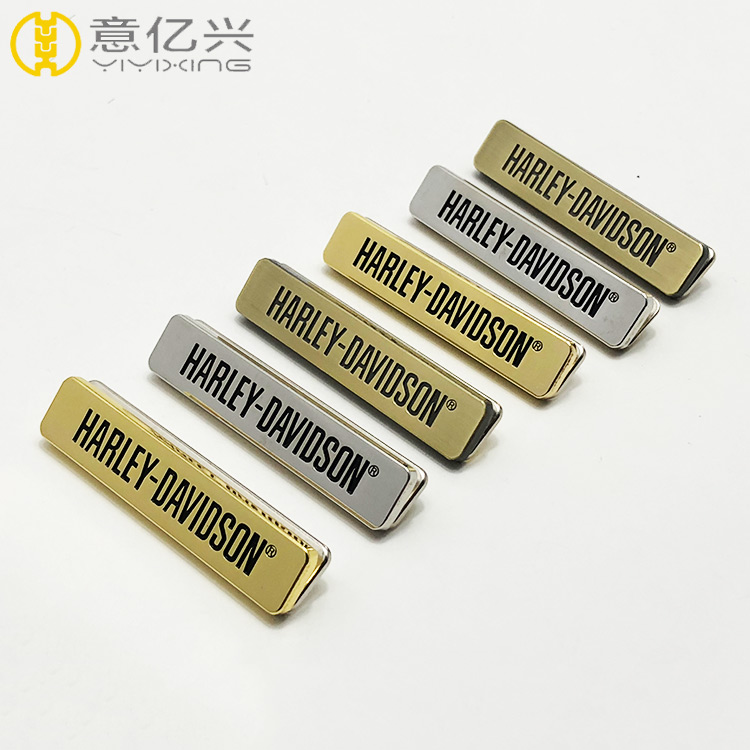The company special offer high-purity α-SiO2 purity of more than 99% powder 50 yuan / 10 grams
Determination of free silica in dust by infrared spectrophotometry
Abstract: Establish an effective infrared spectrophotometric method to determine the content of free silica in dust, and improve the sample processing and curve drawing methods. The free silica content in the range of 0-100.85mg has a good linear relationship with the absorbance, the correlation coefficient r = 0.9996, the sample recovery rate is 80.35%-92.77%, the relative standard deviation of the measurement results is not greater than 5.06% (n = 5).
Keywords: Infrared spectrophotometry free silica dust
There are many types of dust in the working environment, mainly silica dust, coal dust, boiler dust, asbestos dust, cement dust, etc. When the content of free silica in the dust is high, it will cause great harm to the contact personnel. Therefore, it is necessary to strengthen the determination of free silica in dust. In the past, the detection of free silica content in dust used the "pyrophosphate weight method" [1] specified in the "Determination of Airborne Dust in the Workplace" (GB5748-85), but this method is cumbersome, long, and accurate. A series of problems such as poor performance, it is difficult to meet the requirements of batch testing. In order to improve the accuracy of detection and achieve the purpose of batch detection, we have studied the determination of free silica in dust by infrared spectrophotometry.
1 Experimental part
1.1 Main instruments and reagents
Infrared spectrophotometer: TJ270-30A
Tablet press and grinding tools: FW-4A
Electronic balance: 0.01mg
High temperature electric furnace: SX-4-10
Electric drying oven: GZX-9070MBE type
Spectral pure potassium bromide
Standard α-SiO2: purity above 99%.
1.2 Experimental method
(1) Collection of samples
On-site sample collection shall be carried out in accordance with GBZ 159 "Specification for Monitoring and Sampling of Hazardous Substances in the Air of the Workplace".
(2) Sample processing
Settling dust treatment: Dust samples are placed in an oven at 105 ° C ± 3 ° C for 2 hours, slightly cooled, and stored in a desiccator for later use. If the dust particles are large, it needs to be ground with an agate mortar and sieved with a 200 mesh sieve. Accurately weigh the quality of the sample after screening (m), put it in a high-temperature electric furnace (less than 600 ℃) and ash it for 30 minutes. After cooling, put it in a desiccator for use.
Filter membrane sample treatment [2]: accurately measure the mass (m) of the dust on the filter membrane (vinyl chloride filter membrane) after sampling by difference subtraction, then put it into a porcelain crucible and place it in a high temperature electric furnace (less than 600 ℃) Internal ashing for 30 min, after cooling, put it in a desiccator for use.
Weigh a certain amount of potassium bromide (so that the total mass of potassium bromide and dust is 250 mg) into a porcelain crucible and mix the dust after ashing, and put it into a dry box (110 ± 5 ℃) ) In 10 min. The dried mixed sample is placed in a tablet grinding tool, pressurized at 20 MPa for 3 min, and the prepared ingot is used as a measurement sample. For the filter membrane sample, a blank filter membrane must be taken at the same time and processed as above to make a sample blank ingot.
(3) Drawing of quartz standard curve
Accurately weigh 10.00 mg of standard α-SiO2 and 990.00 mg of potassium bromide into an agate mortar, add a certain amount of absolute alcohol, and perform wet grinding. After sufficient grinding, it is dried and prepared into a 10 μg / mg standard α-SiO2 mixed sample. Accurately weigh the standard α-SiO2 mixed samples of different quality (including standard α-SiO2: 0.01mg ~ 1.00 mg), mix in the ground potassium bromide to make the total mass reach 250 mg, and make tablets for testing. According to the absorption band of α-SiO2 to the infrared light of 800, 780, 694cm-1 wave number, with the standard α-SiO2 mass as the abscissa, the absorption value of 800 cm-1 minus the absorption value of 830 cm-1 is the longitudinal Coordinates, draw a standard curve, and find the regression equation of the standard curve.
(4) Determination of samples
Scan the sample ingot and the sample blank ingot respectively, record the absorbance at 830 and 800 cm-1, and obtain the mass of free silica in the sample and blank ingot from the α-SiO2 standard curve.
(5) Calculation of results
——Percent content of free silica (α-SiO2) in dust,%
m1——The measured value of free silica (α-SiO2) in dust, mg
m2——Measured the mass value of free silica (α-SiO2) in the blank, mg (m2 = 0 for settled dust)
m——mass value of dust sample, mg
2. Results and discussion
2.1 Standard α-SiO2 spectrum
There are many types of silicon dioxide and complex crystal forms, mainly including α-SiO2, β-SiO2 and amorphous SiO2. But only α-SiO2 has obvious absorption bands at 800, 780, 694cm-1 wavenumbers, as shown in Figure 1.
Figure 1: Standard α-SiO2 spectrum
2.2 Selection of sample size
To determine the free silica content, an appropriate amount of sample should be selected. If the sample volume is too small, it may be close to or lower than the lower detection limit; if the sample volume is too large, one is to increase the interfering substances, and the other is that the quantitative absorption peak may exceed the linear range and result in low detection results. Sampling volume is sampled according to the principle of high content and less sampling, and the specific sampling volume is sampled according to Table 1.
Table 1 Selection of sample sampling volume
α-SiO2 content range
Sample sampling volume m / mg
α-SiO2: ≥75%
1 ~ 1.33
α-SiO2: 50% ~ 75%
2 ~ 1.33
α-SiO2: 10% ~ 50%
2 ~ 10
α-SiO2: ≤10%
10
2.3 Drawing of standard curve
Weigh 0.0, 11.83, 27.72, 50.70, 75.41, 100.85 mg standard α-SiO2 mixed samples respectively, and add potassium bromide to 250 mg, mix them, and put them into a tableting mold to make tablets. Scanning at 900 ~ 600cm-1 wave number, the absorbance values ​​are shown in Table 2.
Table 2 Absorbance value of standard α-SiO2
Each tablet contains α-SiO2 mass / mg
830 cm-1 absorbance A1
800 absorbance A2
A2-A1
0.0000
0.1781
0.1797
0.0016
0.1183
0.2078
0.2336
0.0258
0.2772
0.2255
0.2757
0.0502
0.5070
0.2398
0.3278
0.0880
0.7541
0.2589
0.3938
0.1349
1.0085
0.2540
0.4321
0.1781
Because the background absorption of the sample raises or lowers the scanning baseline, which affects the quantification of the quantitative peak, the quantitative peak must be corrected. The result shows that among the three quantitative peaks, the absorbance value of 800 cm-1 is subtracted from 830 cm- A linear regression with the absorbance value of 1 works best, while also avoiding the effects of background drift. The linear regression equation is: y = 0.1738x + 0.0026 (x: sample content, mg; y: absorbance value), the linear correlation coefficient is 0.9996, using the obtained standard curve, you can carry out α-SiO2 in the dust of the measured sample Determination of content.
2.4 Standard recovery experiment
Take the settling dust of coal dust as a sample and measure it 5 times according to the test method to obtain a background value of 7.33%. Take another sample of 998.78mg, 998.23mg and 988.71mg and add 62.19mg, 105.89mg and 157.19mg standard α-SiO2 . After fully milling and mixing, determine the content according to the test method and obtain the recovery rate. The results are shown in Table 3.
Table 3 Calculation of recovery rate
Coal dust sample quality / mg
Background α-SiO2 mass / mg
Add α-SiO2 mass / mg
Measured α-SiO2 content /%
average value/%
RSD /%
Measured α-SiO2 mass / mg
Recovery rate/%
998.78
73.21
62.19
11.60 11.79 11.26 10.78 11.67 12.55
11.61
5.06
123.18
80.35
998.23
73.17
105.89
14.93 15.06 14.54 14.37 14.94 15.75
14.93
3.21
164.85
86.58
988.71
72.47
157.19
18.99 18.88 19.27 19.07 19.71 18.37
19.05
2.33
218.29
92.77
2.5 Comparison of experimental methods
Standard α-SiO2 and potassium bromate were used to prepare standard samples of 1.00%, 5.07%, and 10.14% respectively. This method was compared with pyrophosphate method. The results of the silica content measured by the two methods are shown in Table 4. From the comparison results, it can be seen that the difference between the two methods is small, but the accuracy and precision of the infrared spectrophotometry is better than the pyrophosphate method, and it also has the advantages of simple operation, time saving, and reagent saving.
Table 4 Comparison of test standard sample α-SiO2 mass fraction results
standard value%
Infrared spectrophotometry
Pyrophosphate
n
Measurements
Relative error/%
n
Measurements
Relative error/%
1.00
7
0.98 ± 0.076
2.0
6
1.04 ± 0.180
4.00
5.07
6
4.92 ± 0.106
2.96
6
5.23 ± 0.228
3.16
10.14
5
10.04 ± 0.231
0.99
6
10.40 ± 0.260
2.56
3. Conclusion
In the process of determining the content of free silica in dust by infrared spectrophotometry, in addition to sample processing, standard curve drawing, and sample size selection, etc., will affect the accuracy of the test results. In the specific operation process, attention should also be paid to the dust particle size. Affected, the particle size of the dust sample is less than 5 μm should account for more than 95%, if the particle size is greater than the wavelength particles, it will generate strong scattering of incident infrared light. For the sample collected by the filter membrane, it can be ignored, but for the settled dust sample, if the grinding is not sufficient, the particle size will be large, which will make the SiO2 measurement result low [3]. The uniformity of the ingot tablets will also affect the determination of the sample, so before pressing the tablet, the powder containing the sample must be ground evenly. And the ingots are scanned three times and the average value is taken, which is beneficial to eliminate the influence of the uniformity of the ingots. The comparison of this method with the pyrophosphate method shows that this method is feasible and can be used in dust detection.
references:
[1] Zhao Songjiang, Wen Yuanming. Experimental study on the detection of free silica in dust by infrared spectroscopy [J]. Jilin Electric Power, 2004, (3): 38-39
[2] GBZ / T 192.4-2007 Determination of dust in the air of workplace Part 4: Free silica content [S]
[3] Huang Guihua, Zhao Qinglin, Wang Zhiguo. Influential factors and control of the determination of free silica content in dust by infrared spectrophotometry [J] .Journal of Community Medicine.2003,1
TJ270-30 double beam proportional recording infrared spectrophotometer
The TJ270-30 dual-beam proportional recording infrared spectrophotometer is the first high-performance infrared spectrophotometer product in China that adopts the principle of computer direct proportional recording. It fills the domestic gap, occupies a leading level in China, and occupies the main domestic infrared instrument market. The instrument realizes man-machine dialogue, simple operation and perfect function. It can be widely used in petroleum, chemical industry, medicine, environmental protection, teaching, material science, public security, national defense and other fields. It is an indispensable analysis test for scientific research, production and teaching. instrument.
The main features of infrared spectrophotometer:
For the first time in China, the principle of computer direct proportional recording is adopted
A high-energy double-blazed grating is used to cover the entire working band
Use high-performance computers for instrument control and data processing
WINDWOS Chinese operation software
Use USB interface
The use of imported thermocouples as infrared receiving devices ensures the high performance and reliability of the instrument.
The main data processing functions of infrared spectrophotometer:
Spectral background baseline memory Spectral background baseline correction Spectral data accumulation operation% T and ABS conversion
Spectral data smoothing operation Spectral baseline tilt correction Spectral file management Spectral peak detection
Differential operation of spectral data Four operations of spectral data Spectral scale expansion Spectral absorption expansion
Infrared spectrophotometer performance indicators:
Wave number range
Wave number accuracy
Resolving power
Transmittance accuracy
4000-400cm-1
≤ ± 4cm-1 (4000-2000cm-1)
≤ ± 2 cm-1 (2000-400cm-1)
1.5cm-1 (near 1000cm-1)
≤ ± 0.2% T (no noise level)
Io line straightness
Stray light
Test mode
Scan speed
≤ ± 2% T
≤0.5% T (4000-650cm-1)
≤1% T (650-400cm-1)
Three kinds
(Transmittance, absorbance, single beam)
Fifth gear
(Fast, fast, normal, slow, very slow)
Slit program
response
Way of working
Horizontal and vertical coordinate expansion
Fifth gear
(Very wide, wide, normal, narrow, very narrow)
Fourth gear
(Soon, fast, normal, slow)
Three kinds
(Continuous scanning, repeated scanning, fixed wavelength scanning)
Any
TJ270-30A double beam proportional recording infrared spectrophotometer
TJ270-30A dual-beam infrared spectrophotometer is a new product designed by our company based on the needs of the majority of users, based on TJ270-30. It uses domestic TGS as the receiver. The same type.
Product accessories:
Powder tableting machine, HF-2 tabletting mold, HF-2A tableting mold (without demolding), HF-2B tableting mold (withdrawing), HW-3 infrared drying oven, HW-6 Agate mortar, potassium bromide powder, infrared quartz cuvette, liquid cell, gas cell, potassium bromide tablet holder, etc.
Metal Tag
What is metal tag?
Metal Tags are increasingly used in various fields of modern society, and are widely used in electronic products, household appliances, machinery and civil products. Metal Tags Engraved, acrylic signs, crystal signs, slate signs, PVC signs, plastic signs and other Metal Tags Custom are mainly produced with copper, iron, aluminum, zinc alloy, titanium, stainless steel, etc., through stamping, die-casting, etching, printing, enamel , Imitation enamel, baking varnish, gluing, electroplating and other processes.
Metal Tag is produced through different manufacturing processes and used for different purposes. Products include nameplates, badges, badges, medals, key chains, hat badges, hat clips, wallets, commemorative coins, craft logos, cufflinks, photo frames, mobile phone belts, tie clips, belt heads, labels, bottle openers, etc.

The most common shape of Metal Tags Engraved is rectangular, and other shapes can also be customized, such as square, fan-shaped, heart-shaped, etc. The following is a special hollow Metal Name Tag.

Welcome to order different Metal Tags Custom!
Metal Tags,Metal Name Tag,Metal Tags Custom,Metal Tags Engraved,Metal Tag Custom
Shenzhen Yiyixing Zipper Manufacture Co.,Ltd , https://www.yyxzip.com


